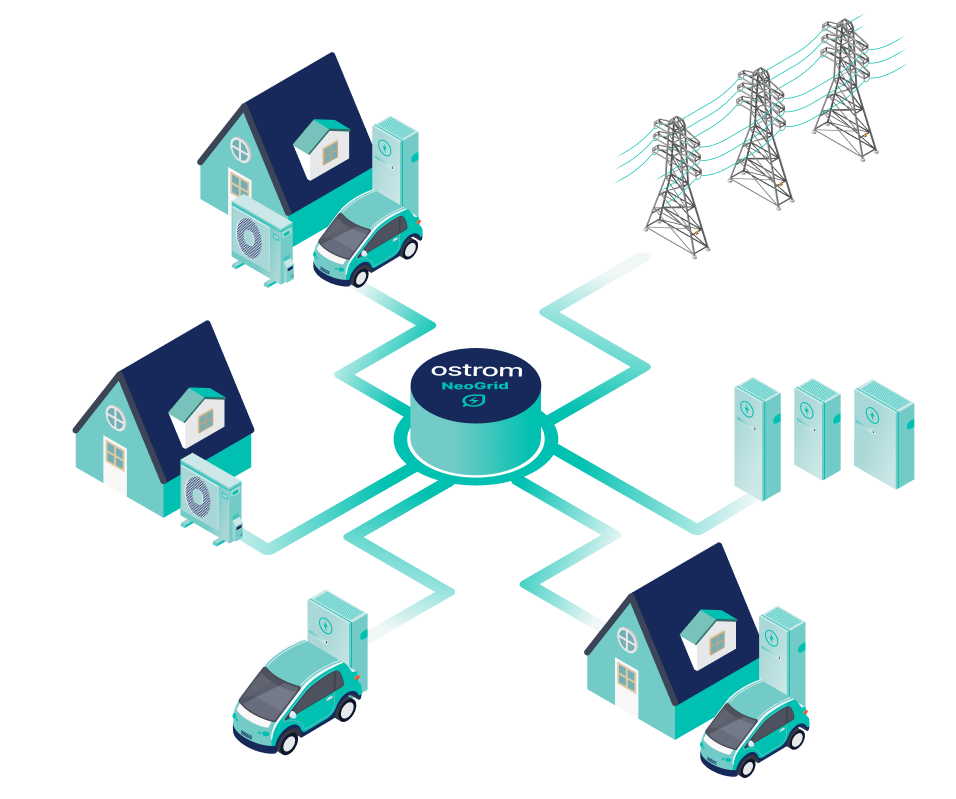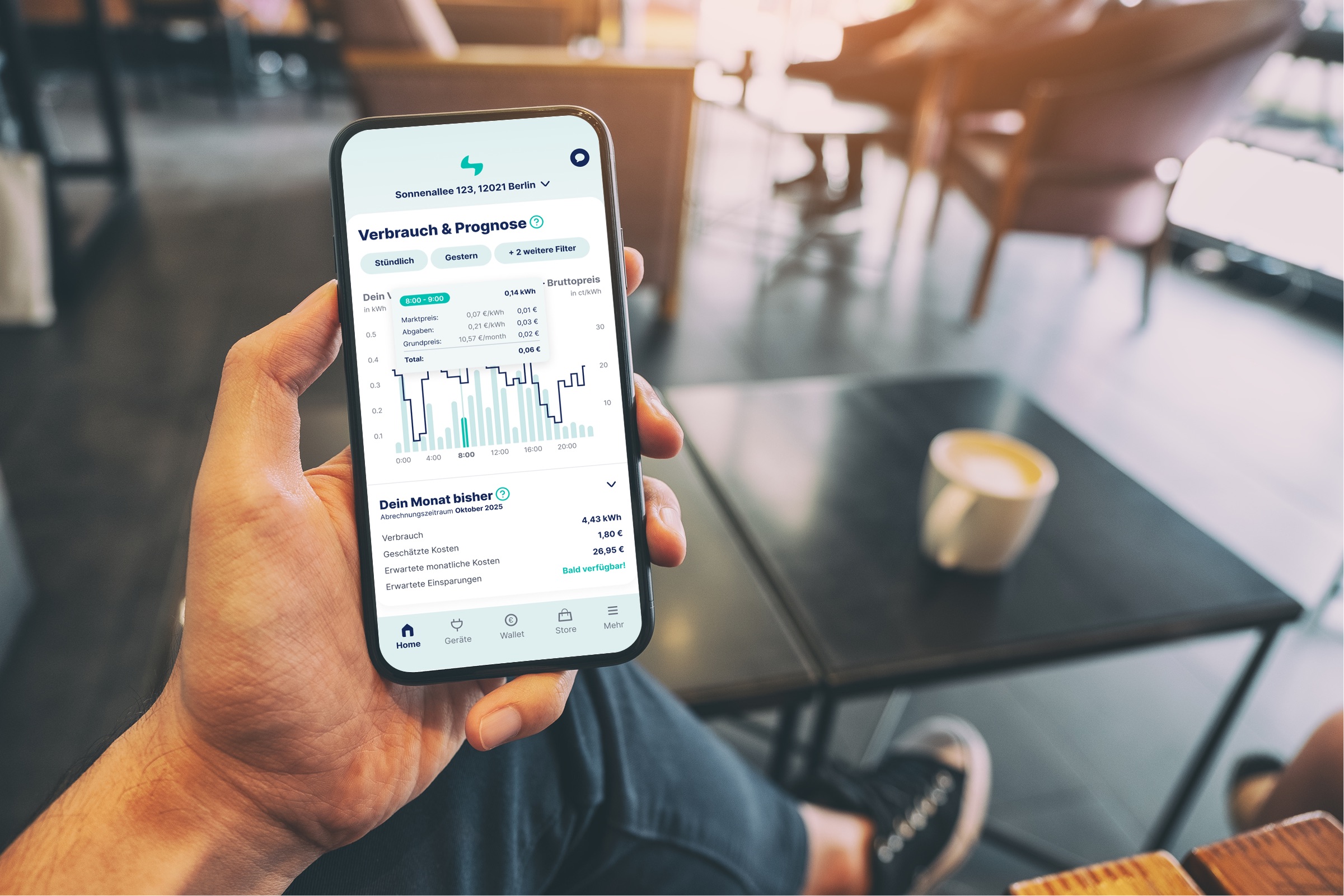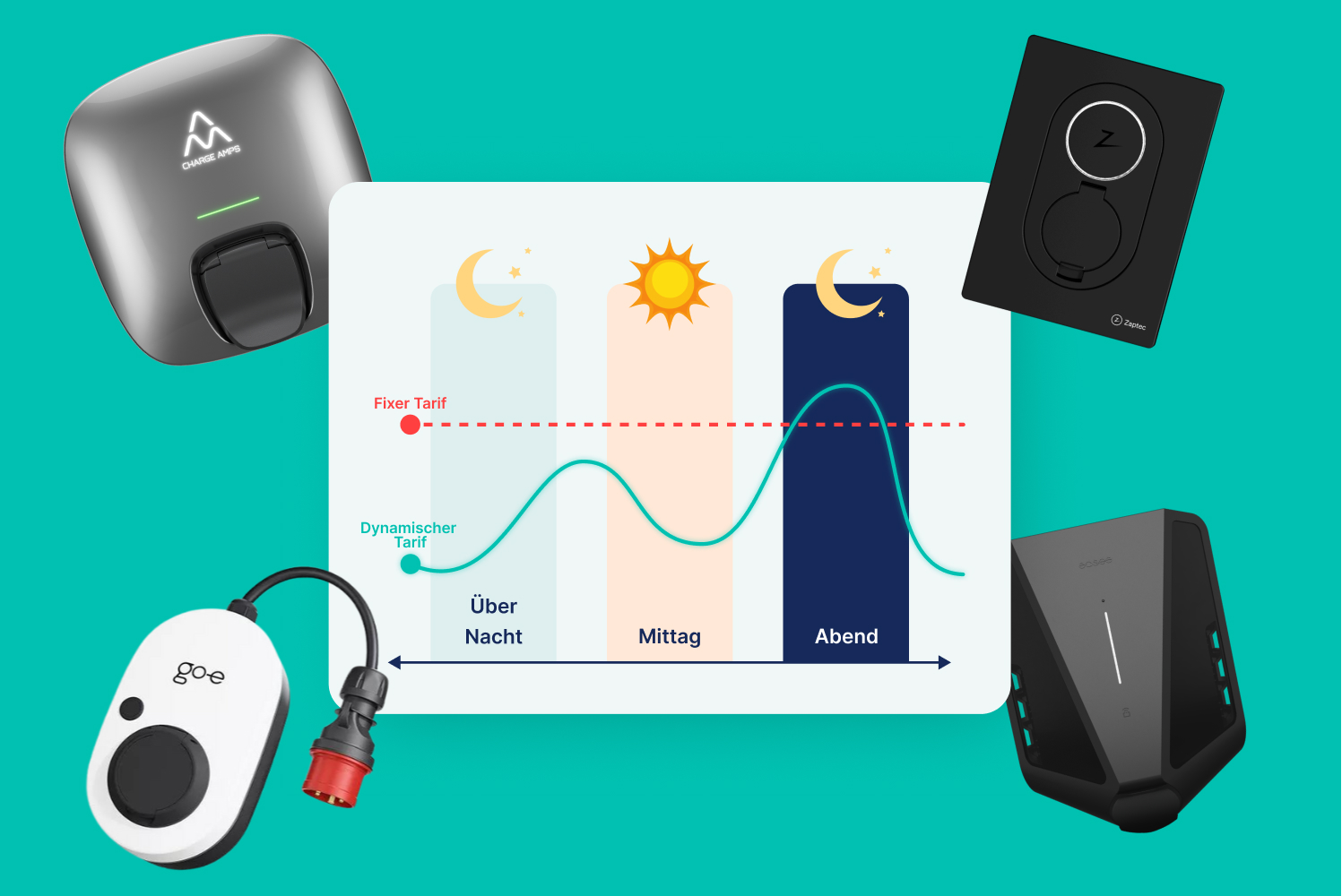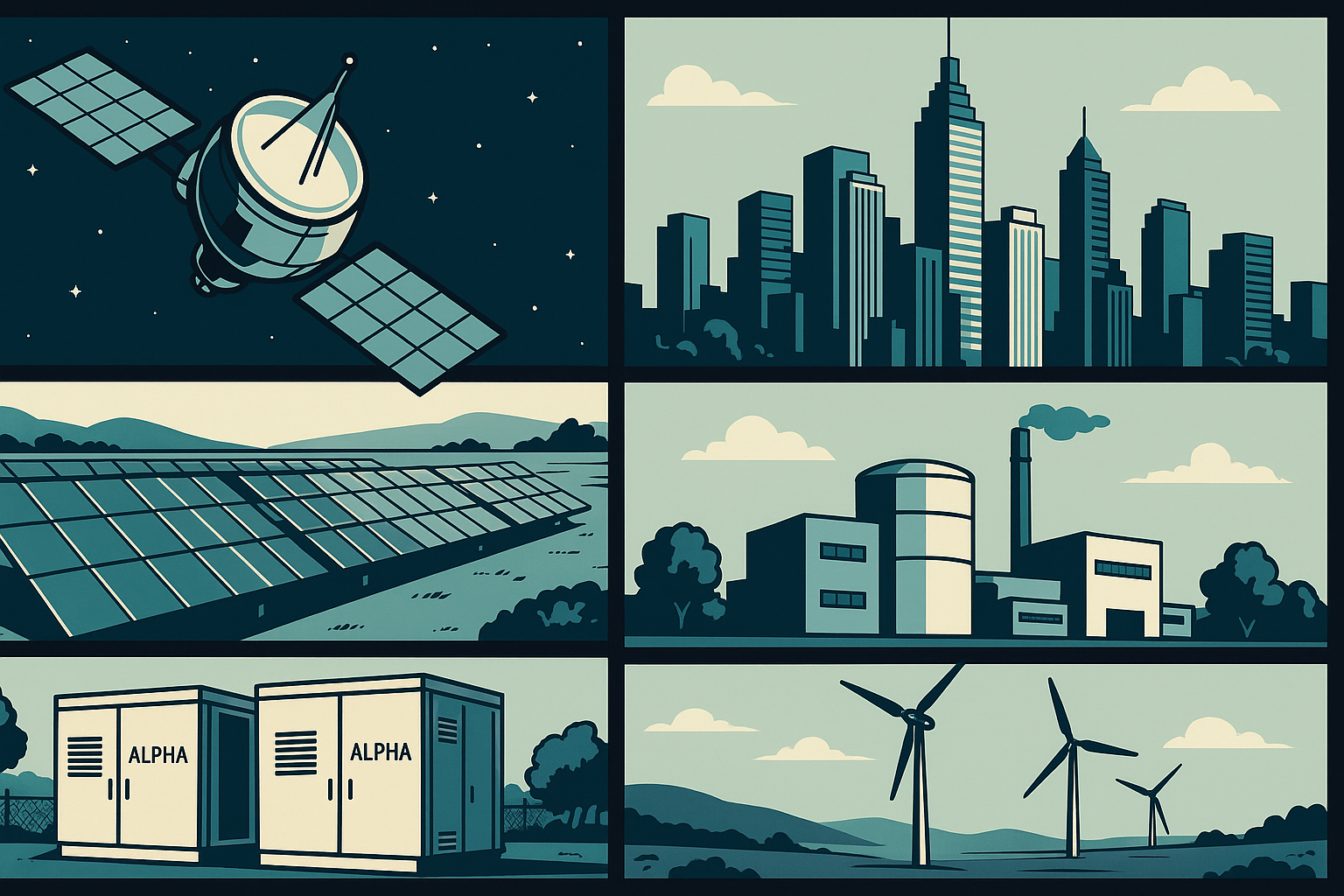Energy
Ostrom Preisanpassung: November 2021
By
Rahel Kunkel
9.11.2021

9
Min.

Könnte man Strom kaufen und hätte Anfang des Jahres in steigende Strompreise investiert, läge man heute bei einer Rendite von ca. 100%
Lag der durchschnittliche Strompreis an der Börse im Januar noch bei 45 Euro pro MWh, liegt er jetzt schon bei 150 Euro pro MWh. Dem Preisanstieg liegen zwei entscheidende Entwicklungen zugrunde: Der Anstieg der Gaspreise durch Verknappung der Ressourcen und ein windschwaches Jahr.
Bisher Konnten Wir Die Strompreisschwankungen Gut Abfedern...
Mit unserem Versprechen, Strompreise zum Einkaufspreis weiterzugeben, müssen wir leider auch auf die aktuellen Bewegungen am Markt eingehen und demnach unsere Preise anpassen.

Im oberen Graphen kannst du den Verlauf der Strombörsenpreise über das Jahr seit dem Launch von Ostrom im April bis heute betrachten. Bis zur Mitte des Jahres lagen wir mit unserem Preis ziemlich gut am Marktgeschehen. Ab Juli lässt sich dann ein rasanter Anstieg der Preise beobachten, auf die wir jetzt reagieren müssen um weiterhin wirtschaftlich verantwortungsvolles Handeln als Unternehmen zu garantieren.
Durch unser Versprechen Strompreise zum Einkaufspreis weiterzugeben verpflichten wir uns natürlich auch etwaige Kostensenkungen an unsere Kund*innen weiterzugeben, bieten mit unserem flexiblen Tarif jedoch keine Preisgarantie.
Wie sich unser Tarif zusammen setzt, kannst du gerne auch hier nachlesen.
Um Den Preisanstieg An Der EEX Verstehen Zu Können, Ist Es Wichtig Zu Wissen, Wie Diese Preise Zustande Kommen.
Um die wirtschaftlich optimale Stromversorgung zu gewährleisten, gibt es nämlich eine Einsatzreihenfolge der produzierenden Kraftwerke. Das heißt, die Kraftwerke, die Strom mit den günstigsten Grenzkosten produzieren, dürfen nach der Merit-Order zuerst Strom ins Netz einspeisen.

Aber zurück zum aktuellen Marktgeschehen: Während Wind im Jahr 2020 der wichtigste Stromerzeuger war, gab es 2021 nicht genug Wind. Das bedeutet, dass die Lücken in der Stromversorgung dann durch den Einsatz von Gasturbinen ausgeglichen werden mussten. Diese können relativ spontan zugeschaltet werden, weil das Kraftwerk im Vergleich zu Kohlekraftwerken sehr schnell und ohne hohe Anlaufkosten hoch- und runterfährt, deshalb werden sie oft zum Lastausgleich eingesetzt. Wie du in der obigen Grafik sehen kannst, sind die späteren Grenzkosten für den Betrieb dieser Gasturbinen (zusätzliche Kosten für eine zusätzliche Einheit) jedoch relativ hoch.Versorgungsengpässe, ein langer Winter (der zu weniger Gas in den Speichern führte) und das Hochfahren der Wirtschaft nach dem COVID haben zu einer höheren Nachfrage nach Gas geführt, was den Preis in die Höhe getrieben hat - natürlich auch den Preis für die Stromerzeugung mit Gas.
Aber Ostrom Kauft Doch Grünstrom, Wieso Kostet Der Dann Auch Mehr?
Ein Teil unseres Strombedarfs, bzw. des Strombedarfs unserer Kund*innen decken wir durch unseren Stromdirektvertrag mit dem Solarpark in Maßbach ab. Somit beschaffen wir einen Teil unserer Strommenge langfristig und die Preissteigerung wirkt sich dadurch nur auf einen Teil unserer Energiebeschaffung aus.
Da jedoch der Strombedarf von Haushaltskund*innen im Tagesverlauf schwankt (siehe Grafik unten), ist es sehr schwierig, die unterschiedlichen Lasthöhen exakt vorherzusehen. Die Stromerzeugung aus erneuerbaren Quellen ist sehr volatil, und so decken wir die sogenannten Spitzenlasten ("Peakload") durch an der Strombörse, aus zertifiziert grünen Quellen, zugekauften Strom ab. So hängt auch ein Teil unseres Strompreises von den Preisen der Strombörse ab.

Was Du Als Kund*In Jetzt Tun Kannst
Wir möchten dich darauf hinweisen, dass du das Sonderkündigungsrecht in Anspruch nehmen kannst, wenn dein Lieferant Preisänderungen ankündigt. Damit kannst du deinen Vertrag innerhalb von 6 Wochen kündigen (was irrelevant ist, wenn du bereits Ostrom-Kunde bist, denn du kannst jederzeit kündigen).
Erfahre mehr über das Sonderkündigungsrecht in unserem Blogpost hier.
Gerade Jetzt Solltest Du Keine Verträge Mit Preisgarantie Und Langer Laufzeit Abschließen.
Wenn du jetzt einen Vertrag mit langer Laufzeit und Preisgarantie abschließt, werden deine Stromkosten zwar gleich bleiben, aber gleichzeitig bedeutet das auch, dass wenn die Preise fallen, diese Kostensenkung nicht an dich weiter gegeben wird. Steigen die Preise aber weiter an, hat das die Stromlieferanten bisher auch nicht davon abgehalten, diese Preise an ihre Kund*innen weiterzugeben.
Wir verraten dir, was du jetzt tun kannst, um der Preisgarantie zu umgehen: Such dir am besten einen Stromlieferanten der einen flexiblen Tarif anbietet (wie Ostrom). Mit Ostrom hast du nicht nur die Möglichkeit jederzeit zu kündigen, wir geben auch sinkende Preise an unsere Kund*innen weiter, sondern beliefern unsere Kund*innen ausschließlich mit Grünstrom. Somit bleibst du ganz flexibel und kannst das Marktgeschehen zu deinen Gunsten nutzen.
Weniger Strom Verbrauchen Ist Am Günstigen
Wenn du dir wirklich Sorgen machst, dass deine Stromrechnung steigt, ist weniger Energie zu verbrauchen schon immer die günstigste Option gewesen. Wir bei Ostrom verdienen nichts, wenn du mehr Energie verbrauchst, weil wir wollen, dass unsere Kunden weniger verbrauchen - schließlich ist der nachhaltigste Strom der, den du nicht verbrauchst. Jetzt, wo die Preise steigen, ist ein guter Zeitpunkt, diese Kosten durch neue Stromsparmaßnahmen auszugleichen. Schalte das Licht aus, wenn du es nicht brauchst, ziehe den Stecker aus der Steckdose, wenn du sie nicht benutzt, und halte dich auf dem Laufenden über weitere Energiespartipps von uns - verlinkt hier!















.avif)